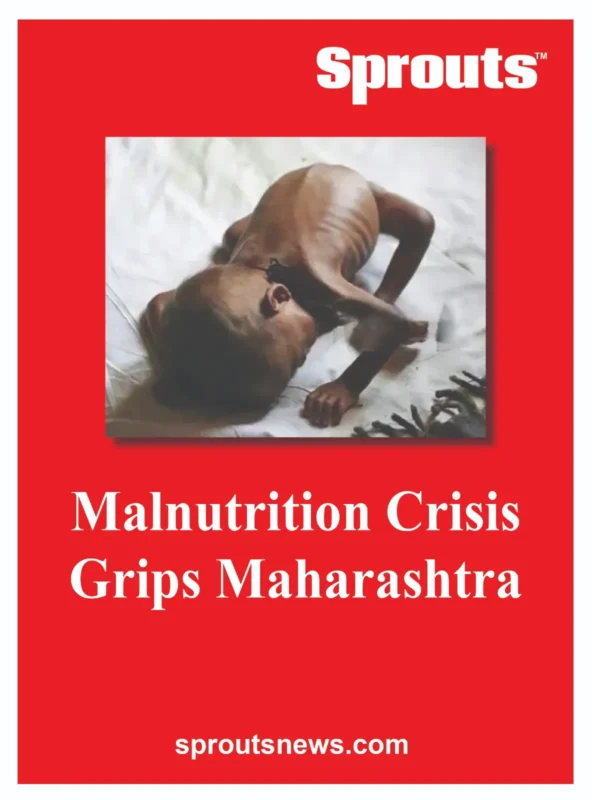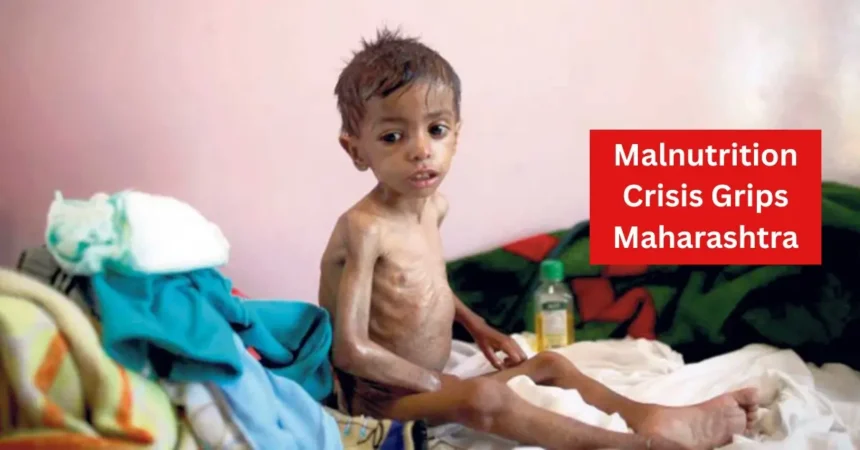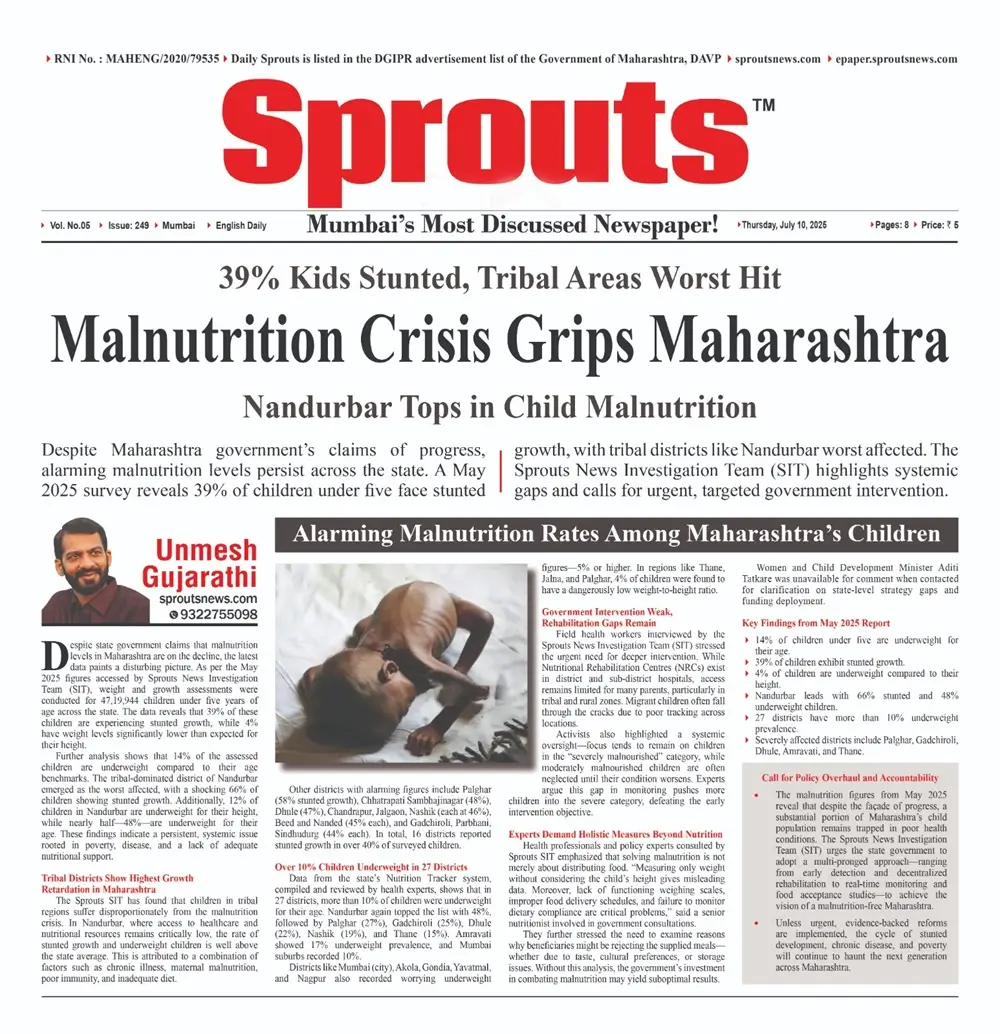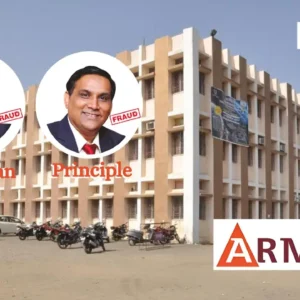Malnutrition Crisis Grips Maharashtra
• 39% Kids Stunted, Tribal Areas Worst Hit
• Nandurbar Tops in Child Malnutrition
Unmesh Gujarathi
Sprouts News Exclusive
Contact: +91 9322755098
Sprouts News Exclusive
Contact: +91 9322755098
Despite Maharashtra government’s claims of progress, alarming malnutrition levels persist across the state. A May 2025 survey reveals 39% of children under five face stunted growth, with tribal districts like Nandurbar worst affected. The Sprouts News Investigation Team (SIT) highlights systemic gaps and calls for urgent, targeted government intervention.
Contents
- Malnutrition Crisis Grips Maharashtra
- Alarming Malnutrition Rates Among Maharashtra’s Children
- Tribal Districts Show Highest Growth Retardation in Maharashtra
- Over 10% Children Underweight in 27 Districts
- Government Intervention Weak, Rehabilitation Gaps Remain
- Experts Demand Holistic Measures Beyond Nutrition
- Also Read: RBI Slaps Curbs on Bhavani Bank Founded by Balasaheb Thackeray Over Poor Loan Recovery.
- Call for Policy Overhaul and Accountability
Alarming Malnutrition Rates Among Maharashtra’s Children
Despite state government claims that malnutrition levels in Maharashtra are on the decline, the latest data paints a disturbing picture. As per the May 2025 figures accessed by Sprouts News Investigation Team (SIT), weight and growth assessments were conducted for 47,19,944 children under five years of age across the state. The data reveals that 39% of these children are experiencing stunted growth, while 4% have weight levels significantly lower than expected for their height.
Further analysis shows that 14% of the assessed children are underweight compared to their age benchmarks. The tribal-dominated district of Nandurbar emerged as the worst affected, with a shocking 66% of children showing stunted growth. Additionally, 12% of children in Nandurbar are underweight for their height, while nearly half—48%—are underweight for their age. These findings indicate a persistent, systemic issue rooted in poverty, disease, and a lack of adequate nutritional support.
Click Here To Download the News Attachment
Tribal Districts Show Highest Growth Retardation in Maharashtra
The Sprouts SIT has found that children in tribal regions suffer disproportionately from the malnutrition crisis. In Nandurbar, where access to healthcare and nutritional resources remains critically low, the rate of stunted growth and underweight children is well above the state average. This is attributed to a combination of factors such as chronic illness, maternal malnutrition, poor immunity, and inadequate diet.
Other districts with alarming figures include Palghar (58% stunted growth), Chhatrapati Sambhajinagar (48%), Dhule (47%), Chandrapur, Jalgaon, Nashik (each at 46%), Beed and Nanded (45% each), and Gadchiroli, Parbhani, Sindhudurg (44% each). In total, 16 districts reported stunted growth in over 40% of surveyed children.
Over 10% Children Underweight in 27 Districts
Data from the state’s Nutrition Tracker system, compiled and reviewed by health experts, shows that in 27 districts, more than 10% of children were underweight for their age. Nandurbar again topped the list with 48%, followed by Palghar (27%), Gadchiroli (25%), Dhule (22%), Nashik (19%), and Thane (15%). Amravati showed 17% underweight prevalence, and Mumbai suburbs recorded 10%.
Districts like Mumbai (city), Akola, Gondia, Yavatmal, and Nagpur also recorded worrying underweight figures—5% or higher. In regions like Thane, Jalna, and Palghar, 4% of children were found to have a dangerously low weight-to-height ratio.
Government Intervention Weak, Rehabilitation Gaps Remain
Field health workers interviewed by the Sprouts News Investigation Team (SIT) stressed the urgent need for deeper intervention. While Nutritional Rehabilitation Centres (NRCs) exist in district and sub-district hospitals, access remains limited for many parents, particularly in tribal and rural zones. Migrant children often fall through the cracks due to poor tracking across locations.
Activists also highlighted a systemic oversight—focus tends to remain on children in the “severely malnourished” category, while moderately malnourished children are often neglected until their condition worsens. Experts argue this gap in monitoring pushes more children into the severe category, defeating the early intervention objective.

Experts Demand Holistic Measures Beyond Nutrition
Health professionals and policy experts consulted by Sprouts SIT emphasized that solving malnutrition is not merely about distributing food. “Measuring only weight without considering the child’s height gives misleading data. Moreover, lack of functioning weighing scales, improper food delivery schedules, and failure to monitor dietary compliance are critical problems,” said a senior nutritionist involved in government consultations.
They further stressed the need to examine reasons why beneficiaries might be rejecting the supplied meals—whether due to taste, cultural preferences, or storage issues. Without this analysis, the government’s investment in combating malnutrition may yield suboptimal results.
Women and Child Development Minister Aditi Tatkare was unavailable for comment when contacted for clarification on state-level strategy gaps and funding deployment.
Key Findings from May 2025 Report
•14% of children under five are underweight for their age.
•39% of children exhibit stunted growth.
•4% of children are underweight compared to their height.
•Nandurbar leads with 66% stunted and 48% underweight children.
•27 districts have more than 10% underweight prevalence.
•Severely affected districts include Palghar, Gadchiroli, Dhule, Amravati, and Thane.
Also Read: RBI Slaps Curbs on Bhavani Bank Founded by Balasaheb Thackeray Over Poor Loan Recovery.
Call for Policy Overhaul and Accountability
The malnutrition figures from May 2025 reveal that despite the façade of progress, a substantial portion of Maharashtra’s child population remains trapped in poor health conditions. The Sprouts News Investigation Team (SIT) urges the state government to adopt a multi-pronged approach—ranging from early detection and decentralized rehabilitation to real-time monitoring and food acceptance studies—to achieve the vision of a malnutrition-free Maharashtra.
Unless urgent, evidence-backed reforms are implemented, the cycle of stunted development, chronic disease, and poverty will continue to haunt the next generation across Maharashtra.

















